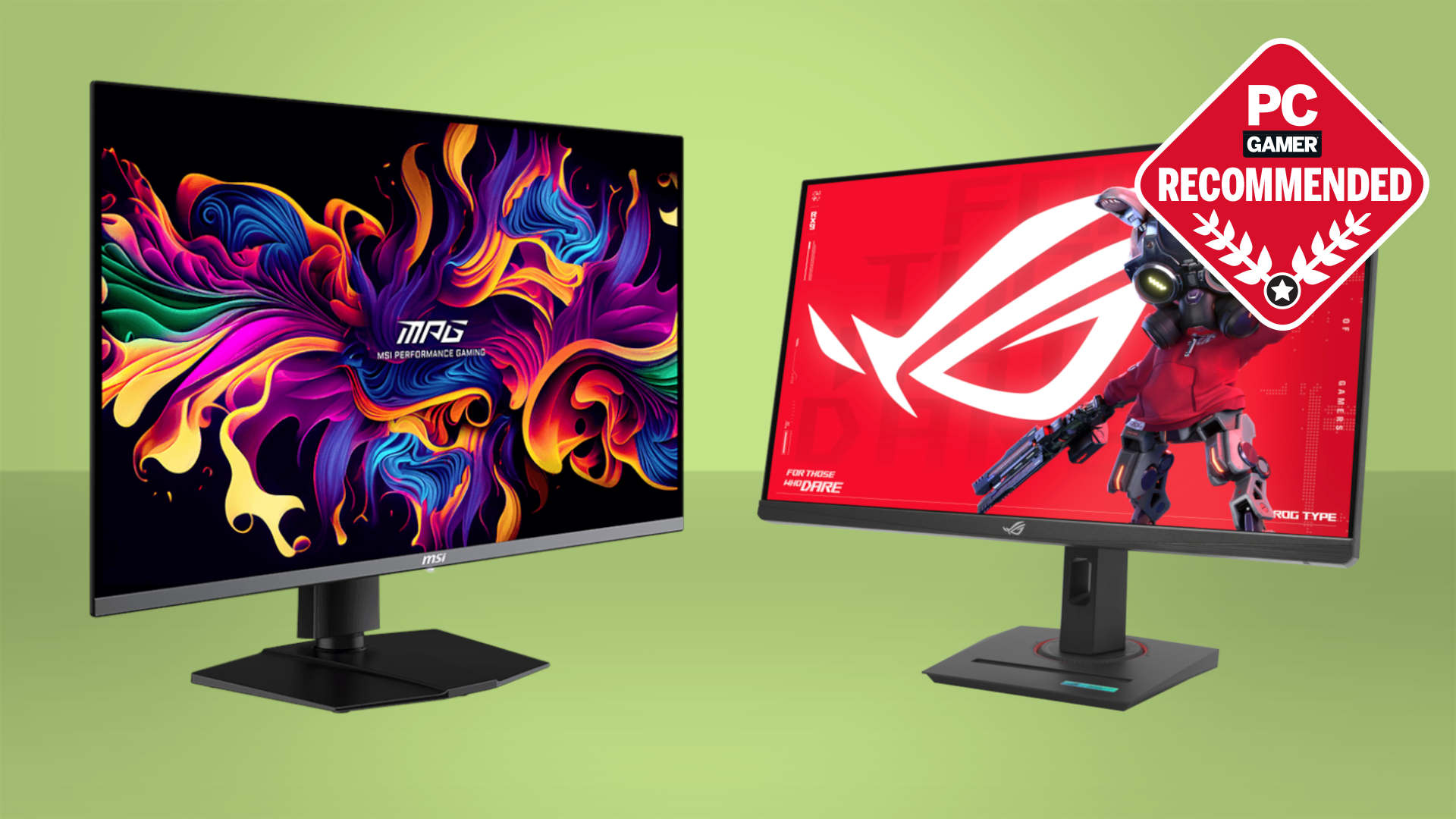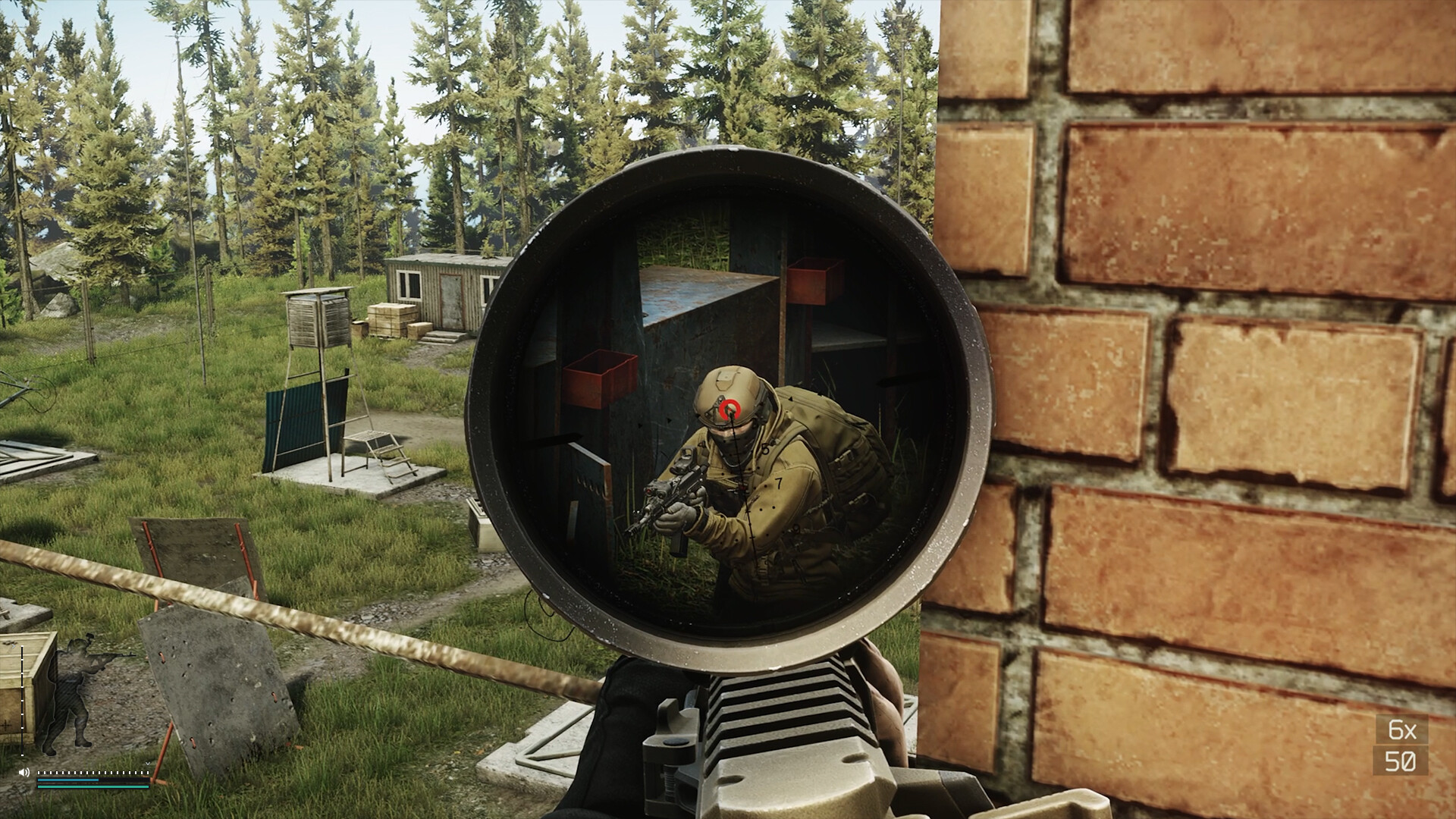With Steam launch concurrents at an all-time low for Destiny 2's latest expansion, I think Bungie is finally paying the price for years of mistakes—the biggest being the time it removed paid content
The Edge of Fate isn't solely responsible for low player turnout. The exodus started much earlier than that.
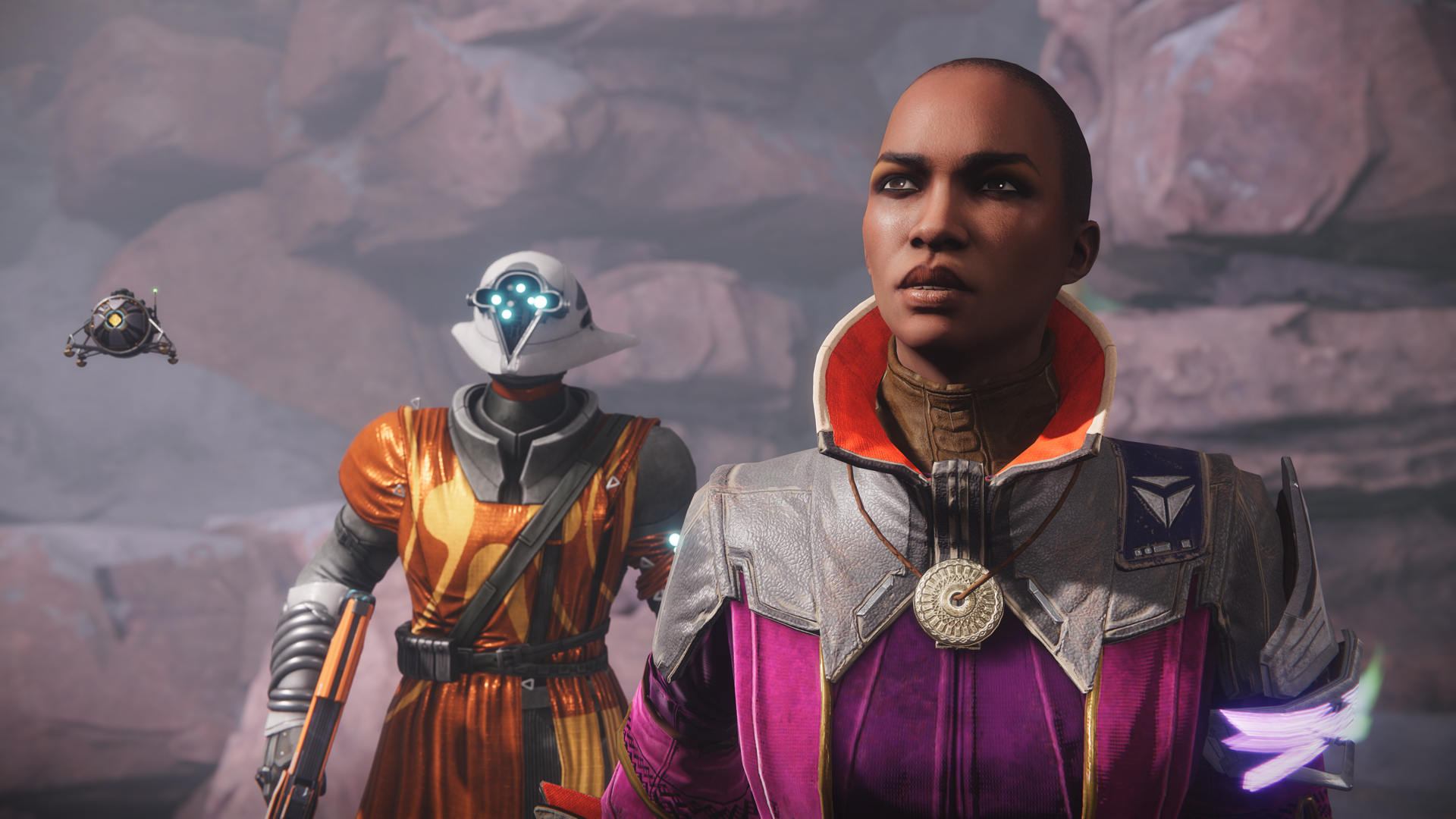
This week, a new expansion launched for Destiny 2. The Edge of Fate marks the start of a brand new saga—and ushers in a major overhaul to some key systems, seemingly aimed at making the game more accessible for newcomers and more sticky for its remaining playerbase. In theory, then, this should be a big moment—a new adventure, and a shot in the arm for an aging shooter.
In reality, things look very different. Anecdotally, where once my Steam friends list would be a grid of green squares each new Destiny expansion—lapsed players jumping back in to get a fresh taste of Bungie's still peerless gunplay—The Edge of Fate was met with indifference. And the numbers seem to back up my experience. The two previous Destiny 2 expansions, Lightfall and The Final Shape, peaked at over 300,000 concurrent Steam players on the day of their launch. The Edge of Fate? It topped out at 99,193.
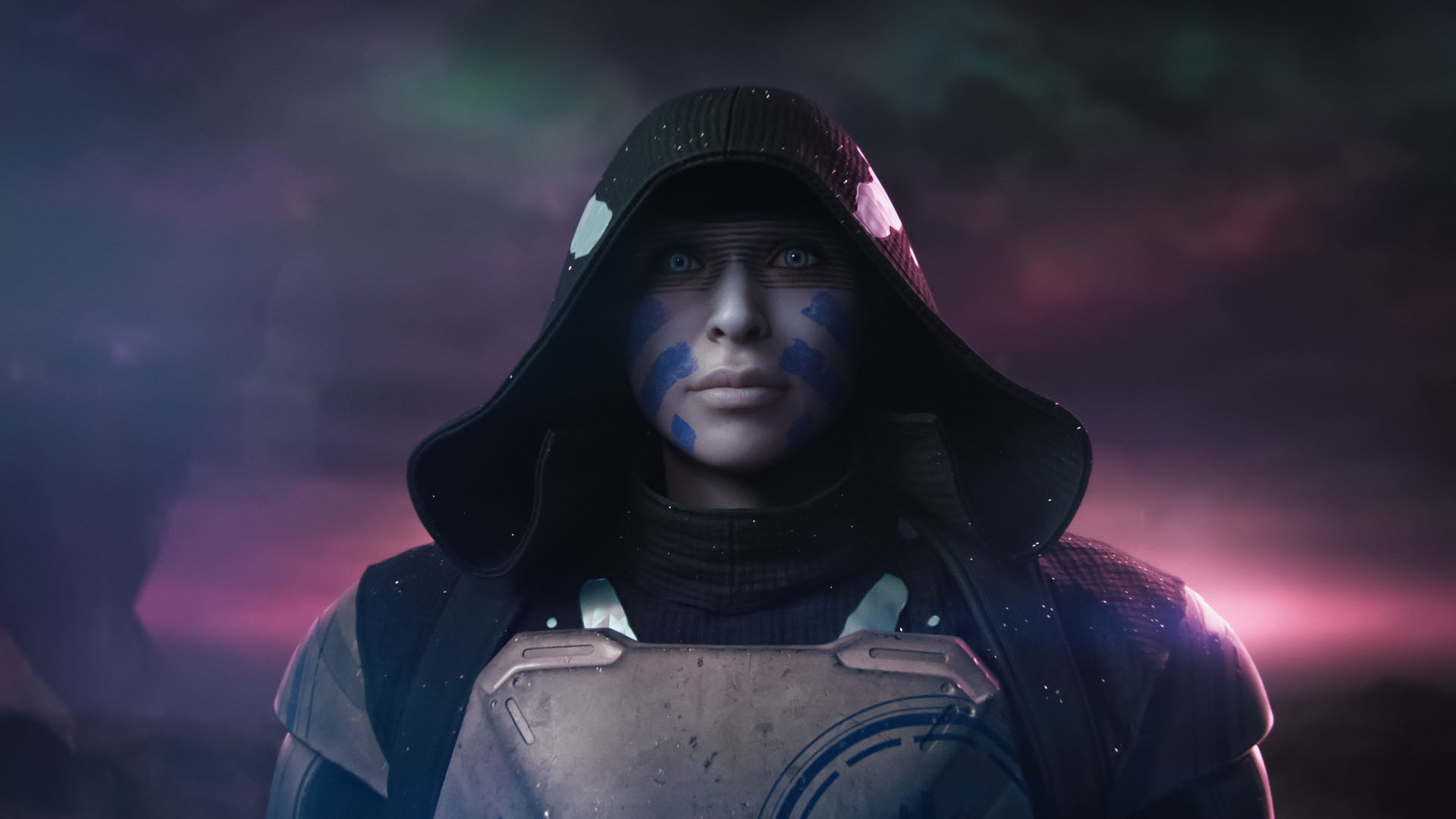
That is, by some distance, the lowest Steam concurrent count for any Destiny 2 expansion. Hell, even Into the Light—the free update designed to tide players over after The Final Shape was delayed—peaked at over 122,000 players when it released.
As always when it comes to Steam concurrents, there are some caveats to note, not least of which is that—as a multiplatform game—these players represent only a portion of the overall playerbase; albeit likely a representative one. It's also worth noting that pre-loads for The Edge of Fate started much later than previous expansions—around five hours before launch instead of the usual 24 hours. But even with a 100gb update potentially blocking players from firing up the game on release date, I'd be surprised if it was the sole reason for 200,000 fewer players jumping into the game. Especially when its second day concurrents dropped a similar percentage to previous expansion launches.
No, I think the reasons are more wide-ranging and deep seated than just inconvenience—a series of self-inflicted bungles that have compounded together into a problem that I don't know if Bungie can even solve. Few of them actually have anything to do with whether or not this expansion is any good—I've certainly been enjoying the campaign more than I expected. Rather, it feels like the sins of the past are finally catching up to Destiny 2.
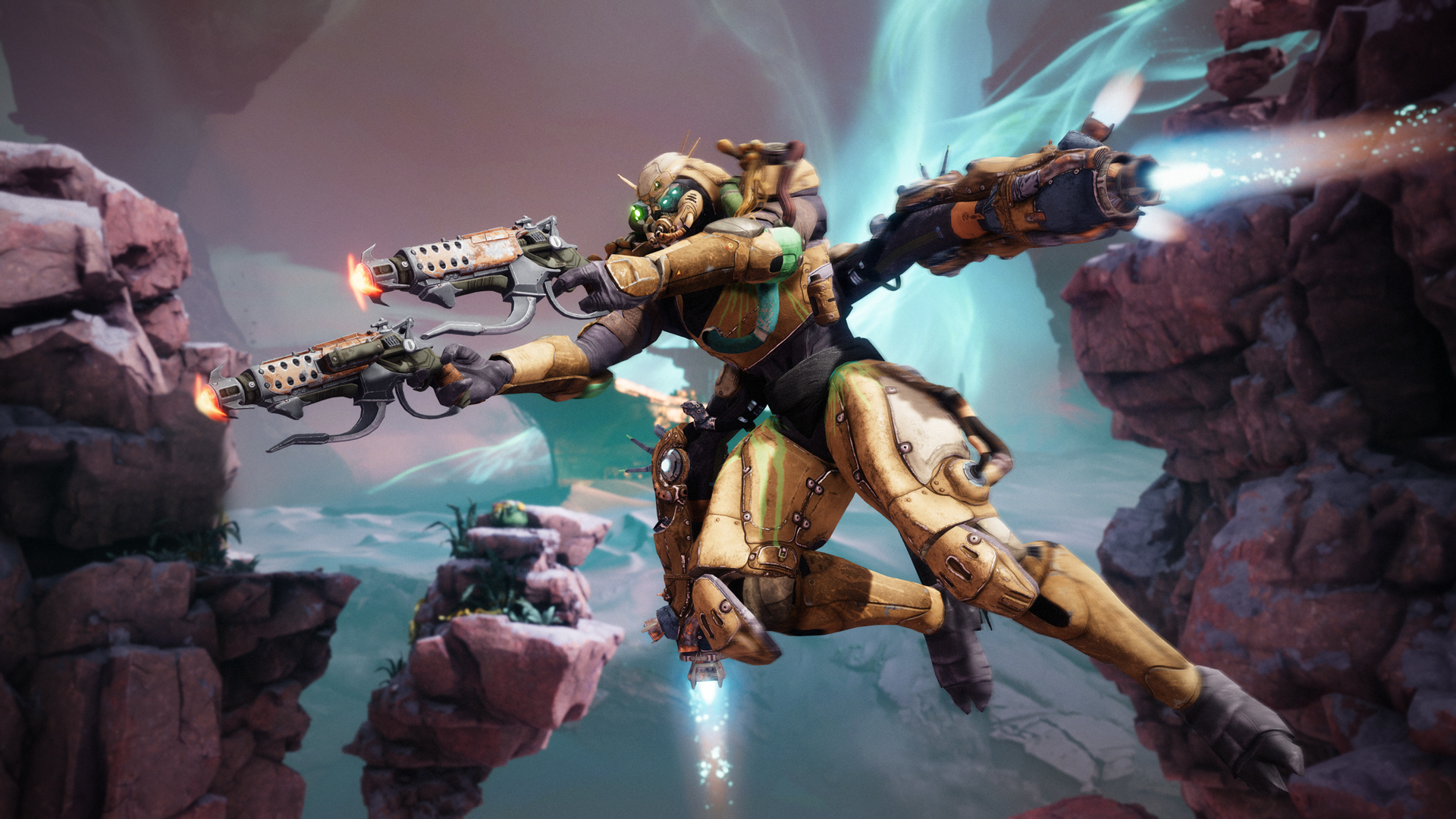
News travels
In June 2024, Bungie launched The Final Shape expansion, one of the most critically acclaimed releases in Destiny's history. Let's look at some of the things that have happened since.
- July 2024: Bungie lays off 220 developers
- August 2024: Some of the affected developers express frustration at the allegation that Bungie's CEO, Pete Parsons, spent $2,414,550 on vintage cars. Parsons' car collection goes on to become a meme among dissatisfied players in Destiny 2's community
- May 2025: Stolen art assets are discovered in Marathon. This marks the fourth time someone else's art has ended up in an official Bungie release without permission
- May 2025: It's reported that morale inside the studio is in "free fall"
- June 2025: Marathon is delayed following an underwhelming alpha test
There's a quote that's always stuck with me. It came from a Bungie developer who spoke anonymously to IGN following a round of layoffs back in 2023. "It feels like many higher ups aren't listening to the data and are like, 'We just need to win our fans back, they still like us.'" And yet if you look at Destiny 2's community, that couldn't be further from the truth.
Keep up to date with the most important stories and the best deals, as picked by the PC Gamer team.
I'm not sure Bungie's stock as a studio has ever been lower, and it can't help but have an effect on its community, because it feeds into a narrative of doomerism that makes investing your time and energy into something feel all the more precarious, and at worst, even foolish.
The vibes are bad, and they've metastasized into severe distrust of Bungie and its actions. There's a default assumption that every decision that's made is to be viewed with suspicion—at best incompetence, at worst a blatant attempt to pump player engagement numbers at the expense of making something fun. Whatever the truth—and to be clear there have been many questionable design decisions made over the years—there is next to zero willingness to trust in what Bungie is doing behind the scenes.
Worse, there's an almost fervent glee around the chance to actively dunk on the game. It's a special kind of negativity that can infect a live service game, as players notice how heavily negativity, memes and hot takes are rewarded by the various social algorithms and compete to get noticed. The problems are there, sure, but they're heightened to the extreme—to the point that, before The Edge of Fate launched, multiple streamers publicly crashed out over the toxicity within the community.
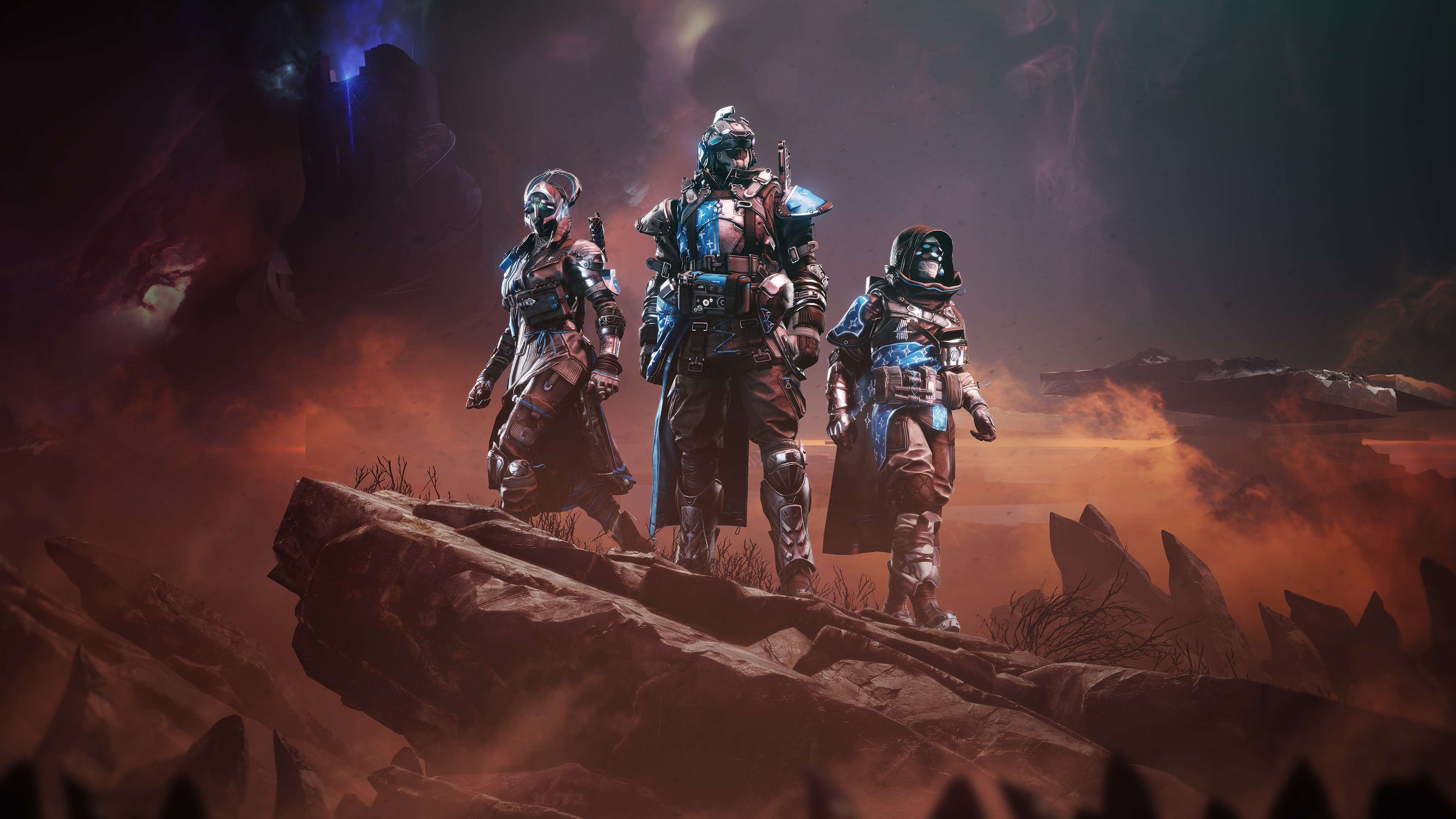
Closing the vault
Even if Bungie could turn community sentiment around—already a Herculean task—it has an arguably bigger problem to tackle. This far into its life, Destiny 2 is still burdened by its history of unpopular compromises and questionable design decisions, and its overall popularity up to now has perhaps masked just how disastrous some of them have been.
I could relitigate years of nerfs, sweeping design changes and U-turns, all of which chipped away at the community's trust and faith. But all of them would pale in comparison to the effect of one single change.
In 2020, with the release of Beyond Light, Bungie 'launched' the Destiny Content Vault—a classic bit of corporate double-speak that described the decision to remove a handful of older destinations, raids and campaigns from the game. From a development standpoint, the reasons Bungie gave for this act made a sort of sense. This was stuff that, really, only a tiny percentage of people were playing. And it made testing and implementing new sandbox changes all the more difficult.
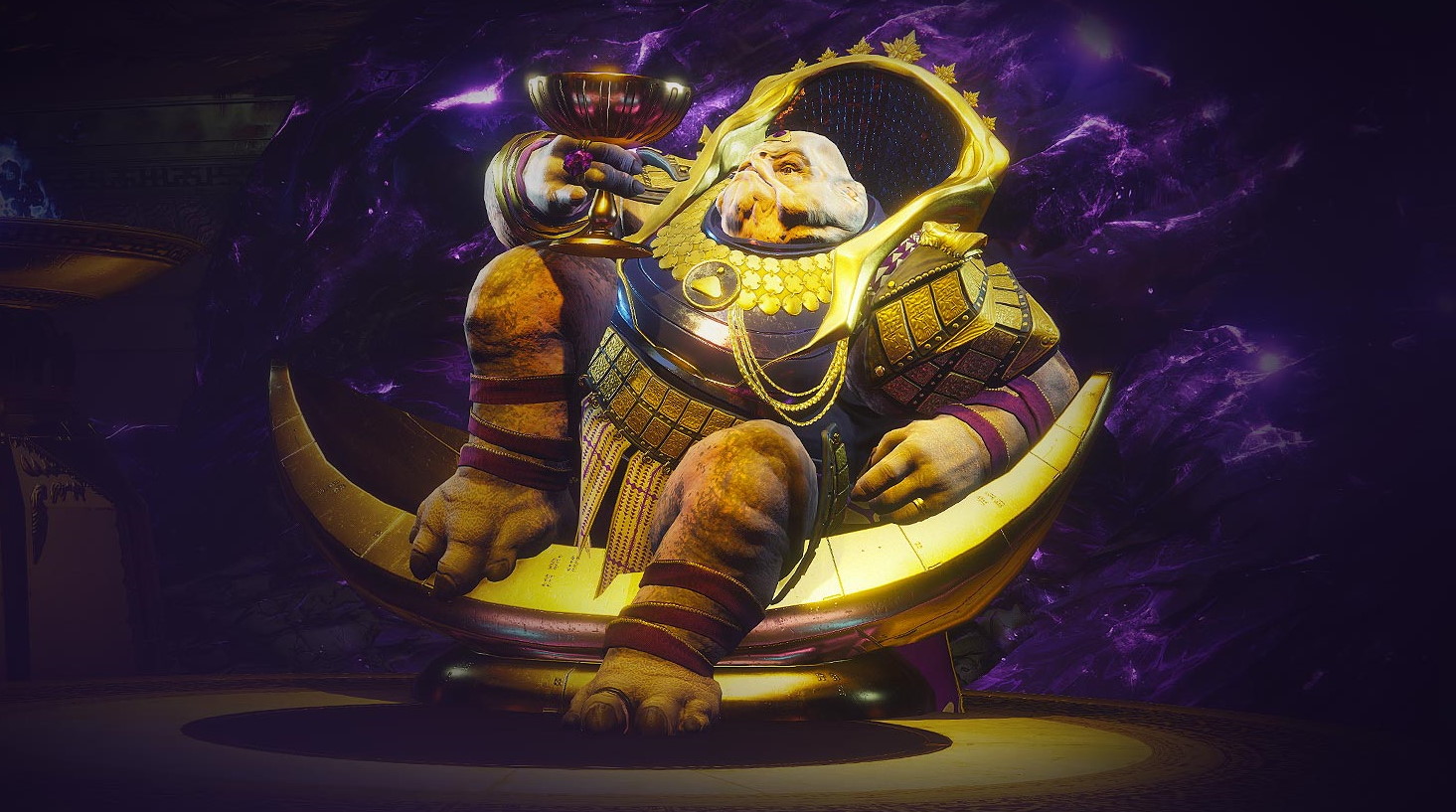
But players by and large don't care about changes designed to make a development team's lives easier, and honestly, shouldn't be expected to. While some people accepted the compromise and continued to play, others—both veterans and potential new players—saw it as a cardinal sin.
Bungie removed campaigns and activities that people had paid money for—a radical action that some players can never forgive even now. Especially now, in an era where movements like Stop Killing Games are picking up so much attention. Go to any article about Destiny written in the last five years, and inevitably there are a number of people in the comments reminding everyone that this was the game that deleted its launch campaign. By and large people haven't forgotten, and seemingly haven't forgiven.
A sense of an end
It puts the pressure on Bungie to retain the audience they do have. Unfortunately for the studio, it made one big mistake here…
It made The Final Shape really good.
Last year's expansion was a really satisfying conclusion to the game's story up to that point—an impressive feat given that the actual meat of it was seemingly created multiple years into the series' lifespan. Its end screen—as you sit quietly with your Ghost, overlooking the Traveler, the Witness finally defeated—felt like a proper conclusion. It felt like a really good moment to stop playing Destiny.
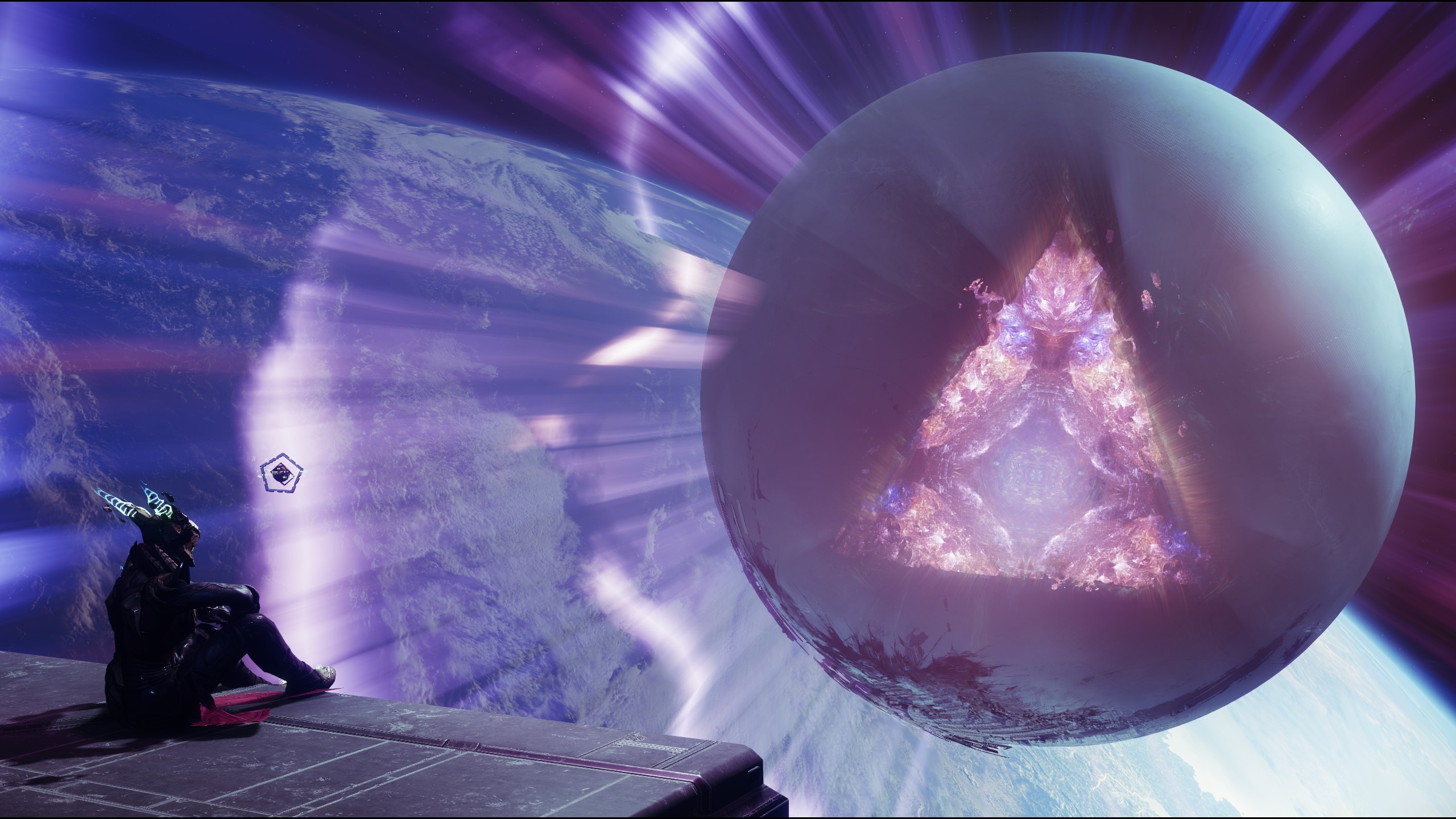
As one dev once told PC Gamer's Tim Clark, in hindsight putting the word 'final' in the title was probably a mistake. It's a word that invites departure.
I think many players were looking for an excuse to stop playing Destiny—either for the reasons above, or simply because everyone who's been playing since the series debuted is 10 years older now. There are only so many hours in the day you can spend grinding for area-denial grenade launchers.
Bungie compounded the problem by not saying what was next. Sure, there were the post-expansion episodes—last year's replacement for the traditional seasonal model. But these were quickly revealed to be just seasons wearing a trenchcoat. Longer, sure, but no less disposable.
It wasn't until a week after The Final Shape launched that Bungie revealed something was coming after the episodes were done. At the time, though, we didn't know what Codename: Frontiers—what would become this year's The Edge of Fate and Renegades expansions—actually was. A lot of people I spoke to just assumed The Final Shape was, as its name suggested, Destiny 2's last expansion. It was done. They were done. And a lot of them seemingly haven't come back.
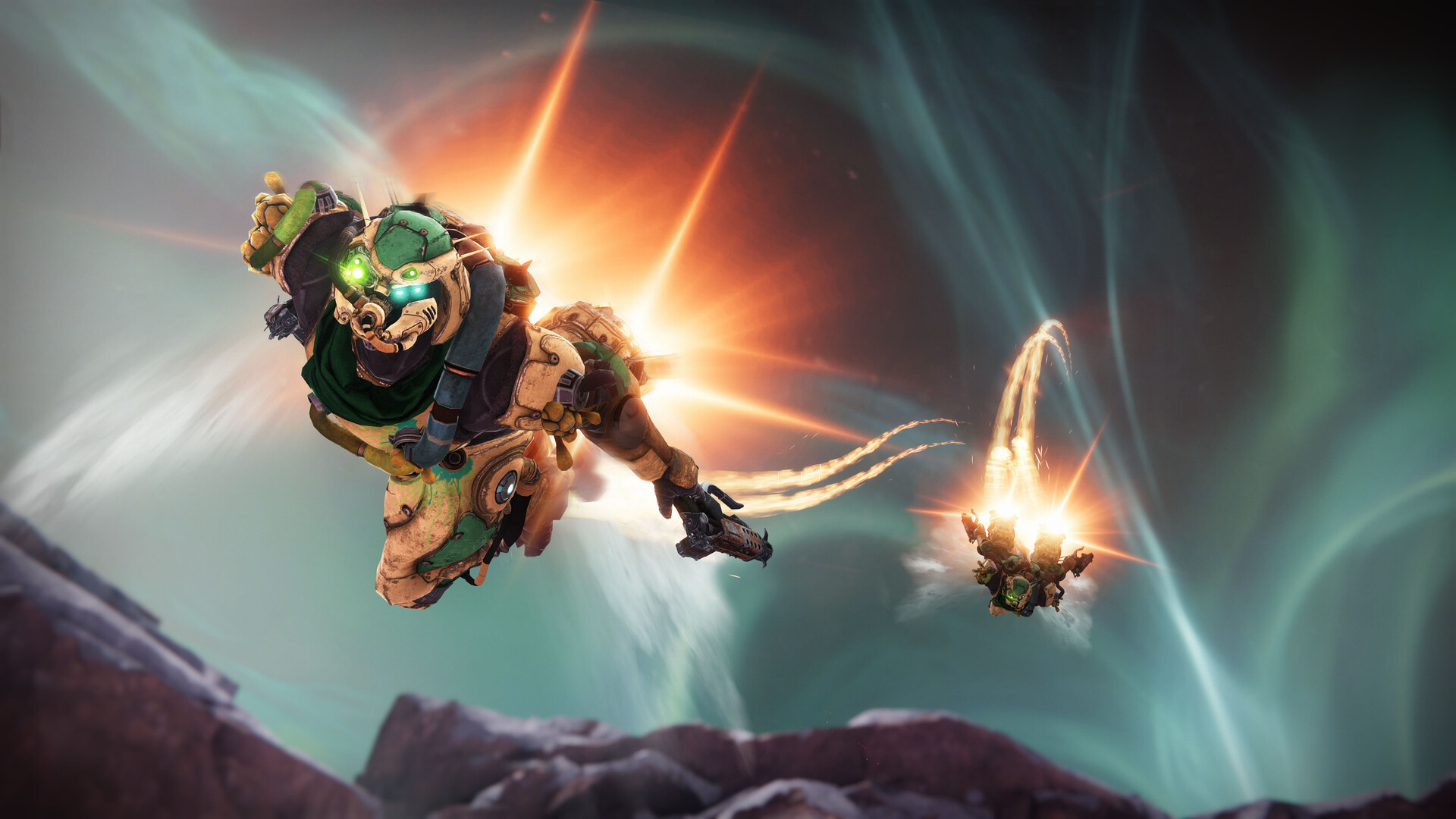
Here, at least, The Edge of Fate is partly at fault. Bungie has done a bad job of making this expansion sound essential. When The Final Shape was first announced, players were also pretty sceptical—Lightfall had been a disaster, and what Bungie showed seemed underwhelming for the final release of the saga. But then the studio announced the Prismatic subclass, and everything changed. Suddenly people were hyped again, because the allure of a new toy is hard to resist.
I think Bungie has underestimated just how important some big new sandbox toy is to its playerbase. After all, a new campaign is a big showcase moment, but it's not what you actually spend most of your playtime doing. At least with a new subclass, you get a slightly different way to run the same activities that make up the rest of the game.
Accepting fate
No doubt the studio was aware there would be fewer people showing up this time around—it would certainly explain some of the choices made for both this release and the upcoming Renegades. A big Star Wars tie-in feels like an obvious attempt to garner interest outside of Destiny 2's core playerbase. Which is likely why Bungie is using The Edge of Fate to focus daily play around the new Portal—a single menu designed to feed new players obvious things to do.
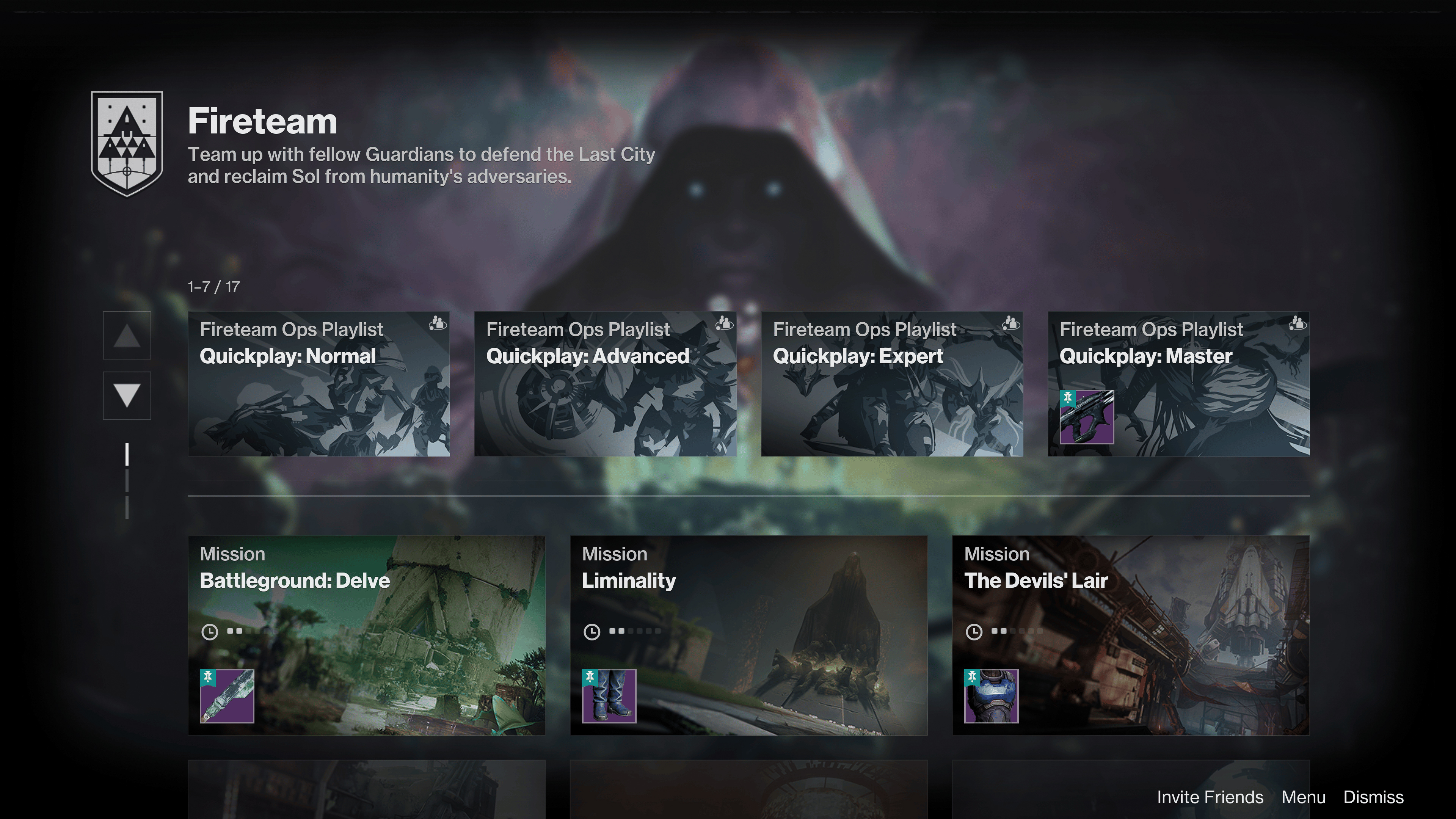
At the other end of the experience curve, The Edge of Fate's new progression systems seem designed to squeeze more playtime out of the veteran players that do remain. Where once it felt like Bungie was on the cusp of doing away with the leveling curve altogether, now it's back with a vengeance. And where crafting gave players a guaranteed way to secure the guns they wanted after a certain amount of investment, now the weapon grind has been supercharged with multiple tiers of random rolls.
Which is what companies do when their game's playerbase falls. Mitigate lower turnout by squeezing more hours and attention out of those who remain.
For some, this will no doubt work. But it's a big risk to take for an already dwindling community—especially one that's already had a taste of how much more convenient the game's progression could be. With two expansions a year, we've probably left the era where any one single Destiny 2 release will spike player count to anything near the levels it did before. The interesting question going forward is whether The Edge of Fate's new systems will stem the flow, or if things will look even more dire as a direct result of its changes.

Phil has been writing for PC Gamer for nearly a decade, starting out as a freelance writer covering everything from free games to MMOs. He eventually joined full-time as a news writer, before moving to the magazine to review immersive sims, RPGs and Hitman games. Now he leads PC Gamer's UK team, but still sometimes finds the time to write about his ongoing obsessions with Destiny 2, GTA Online and Apex Legends. When he's not levelling up battle passes, he's checking out the latest tactics game or dipping back into Guild Wars 2. He's largely responsible for the whole Tub Geralt thing, but still isn't sorry.
You must confirm your public display name before commenting
Please logout and then login again, you will then be prompted to enter your display name.
